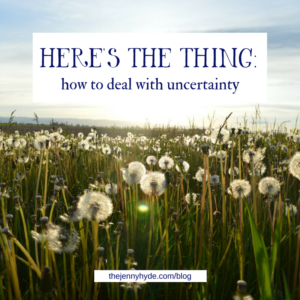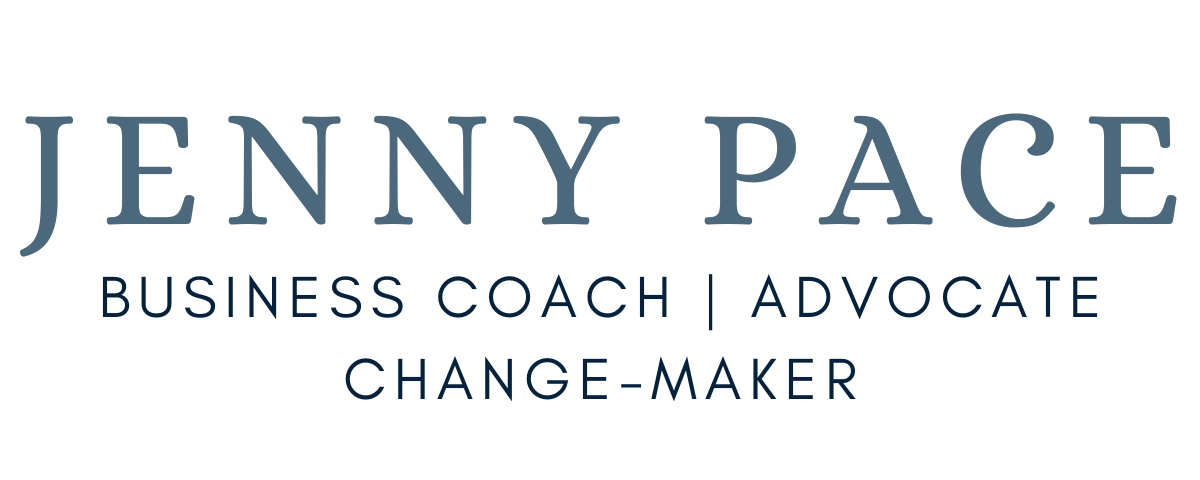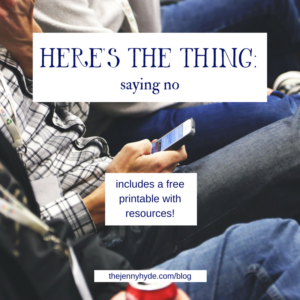 We all know that being self-employed has its risks. When you step away from a regular paycheck, you miss out on the security of knowing how much you’re going to get paid and when. Someone else takes on the challenge of making sure everything’s in the black, and you get to show up, do your work, and get paid for it. Not all the time, because there can be uncertain times in permanent jobs for sure, but quite often.
We all know that being self-employed has its risks. When you step away from a regular paycheck, you miss out on the security of knowing how much you’re going to get paid and when. Someone else takes on the challenge of making sure everything’s in the black, and you get to show up, do your work, and get paid for it. Not all the time, because there can be uncertain times in permanent jobs for sure, but quite often.
When you run your own business or are freelance or whatever your preferred way to say it is, there’s much more uncertainty.
And right now, in my client circles and networks of online retailers, it feels like there’s quite a lot of uncertainty flying around. Perhaps it’s that sales are down, or that retail patterns seem to be shifting more drastically than they have before. Perhaps the market is shifting. Perhaps Brexit and world politics are changing consumers’ behaviour.
And perhaps not.
As I think about how I deal with uncertainty and how I help my clients deal with it, the first thing that comes to mind is one thing: data. What data do we have? Can we trust it? What does it actually tell us?
Because we can get wired up and insecure and swayed by anecdotal evidence. If you don’t read any further or get the printable worksheet below, at least take this:
Check what you know about what’s true for your business and your industry. Fact-check. Don’t rely solely on others’ opinions or anecdotes for data you’re going to use to make your business decisions.
You might do some of your own research. You might find some specific statistics. Or you might stop looking outward at other people and go inward, looking at your business. Make sure your information is good.
Here’s the thing
When I’m faced with decisions or situations coming up, I like to look at the options and possibilities so that I can see potential outcomes and plan what I’ll do if any of them actually happen. This also gives me the opportunity to check in on how likely each possibility is.
Ultimately, I make plans based on what I can control and influence, which gets me out of paralysis and worrying, and into positive action. And as my mum would say, “Where there’s clarity, make decisions.”
I’ve included a few prompts below, but I’ve also made this longer worksheet version that you can download and print so that you can use my own process for dealing with uncertainty.
- What do I actually know about what’s facing me right now?
- What am I worrying about right now?
- Is there anything I’m ready to stop believing, because there’s no evidence?
- How do I feel about my current situation?
- How can I manage or deal with my feelings so that I can consider the situation from a practical point of view?
- Have I been in a similar situation in the past? What happened then?
I hope this all helps. Uncertainty is not easy to deal with, but having the support of a network or mentor (hi!) can really help.
If you have questions or are still feeling stuck or worried, I’d love to hear from you. If there’s a video or course or blog I can offer to help YOU (yes, you), I’m all ears.
Until soon,
Jenny x




